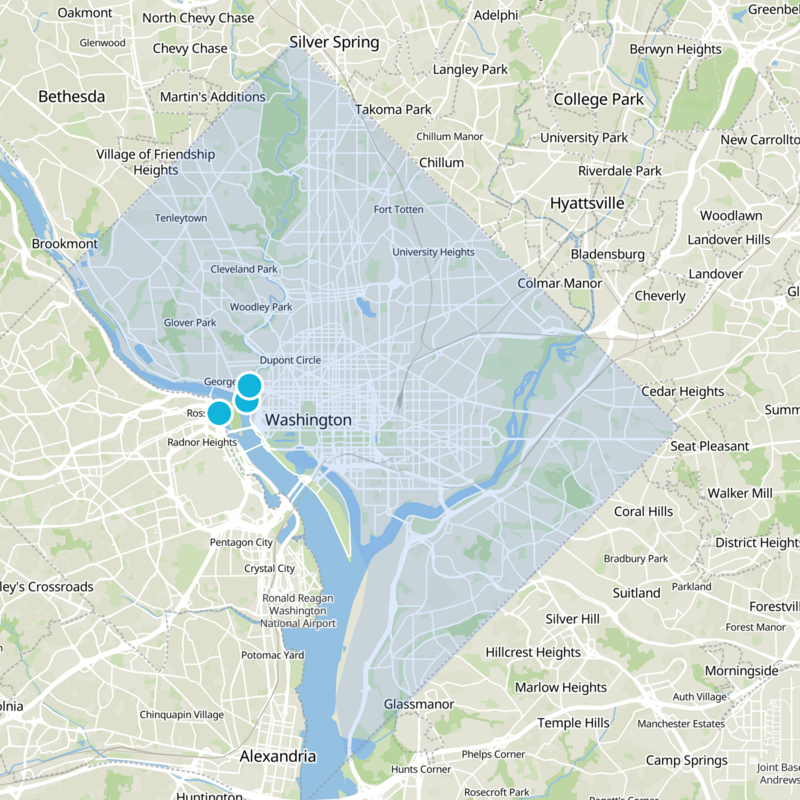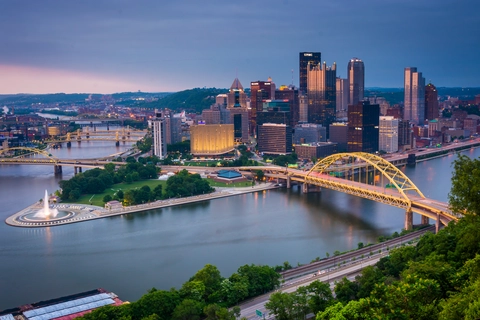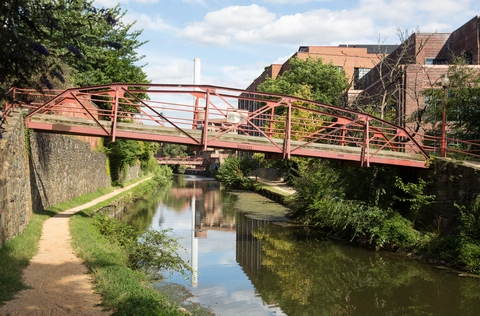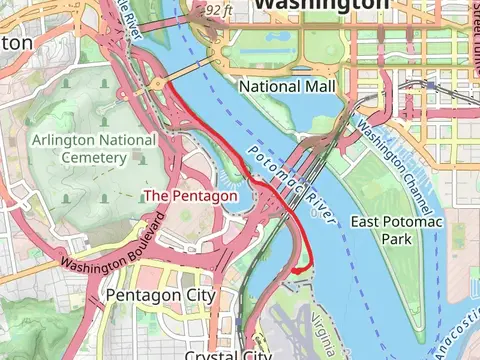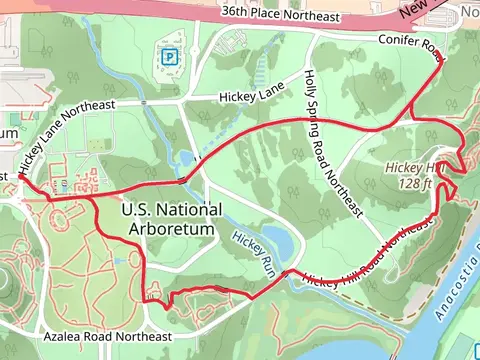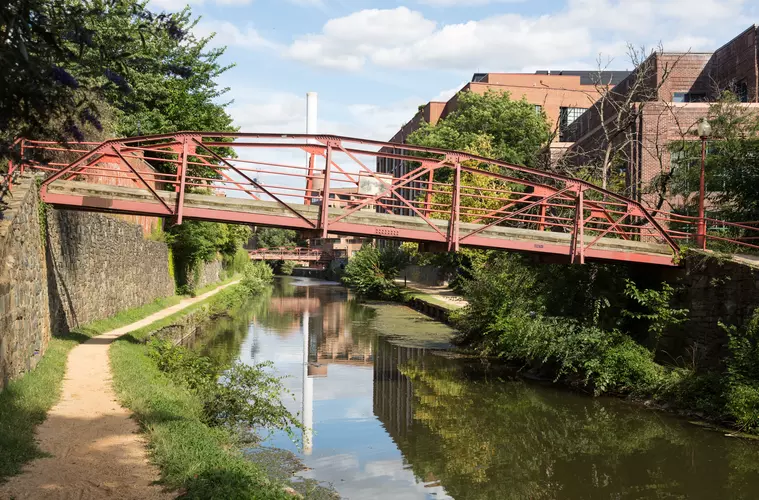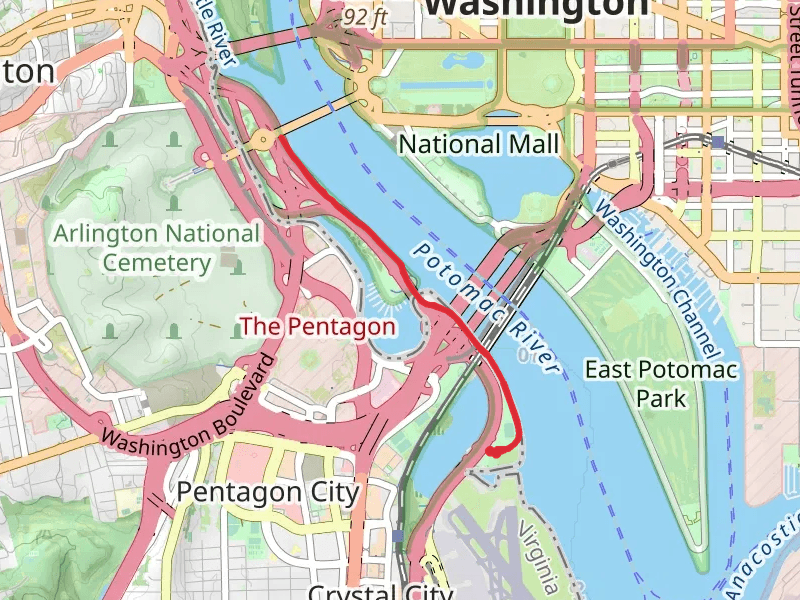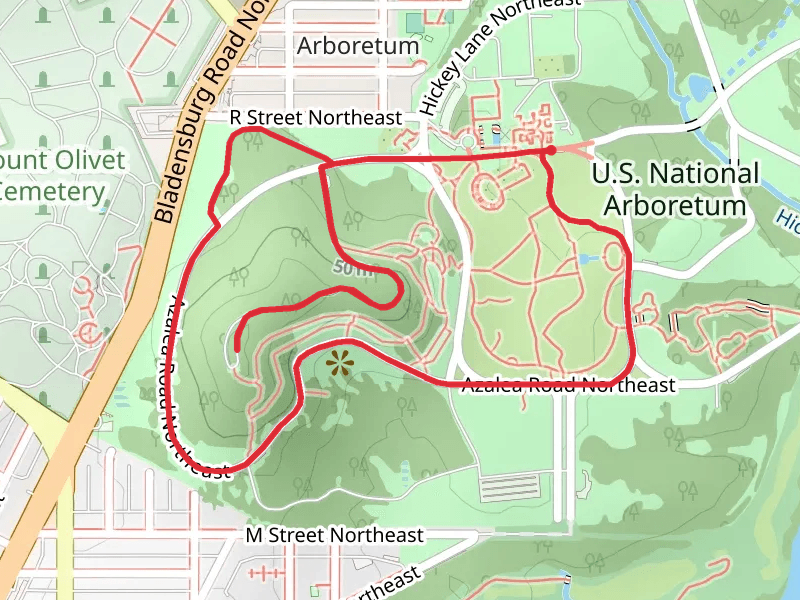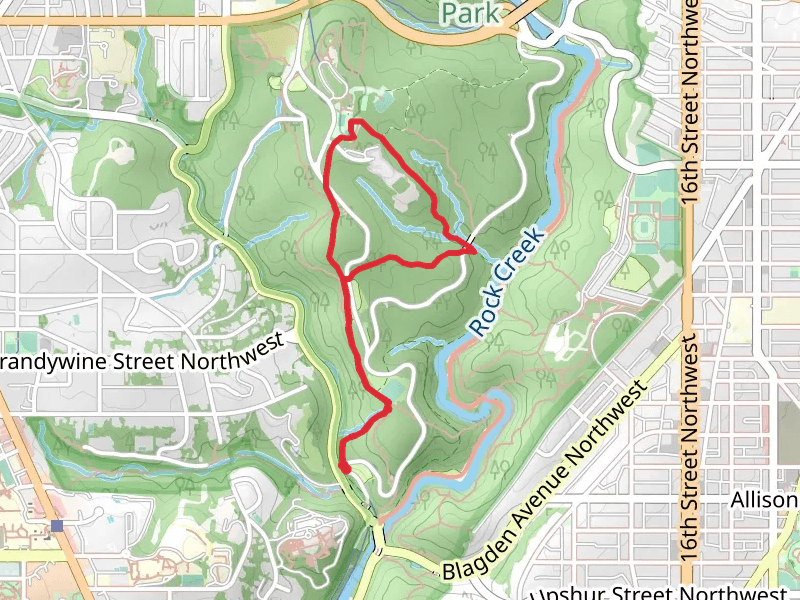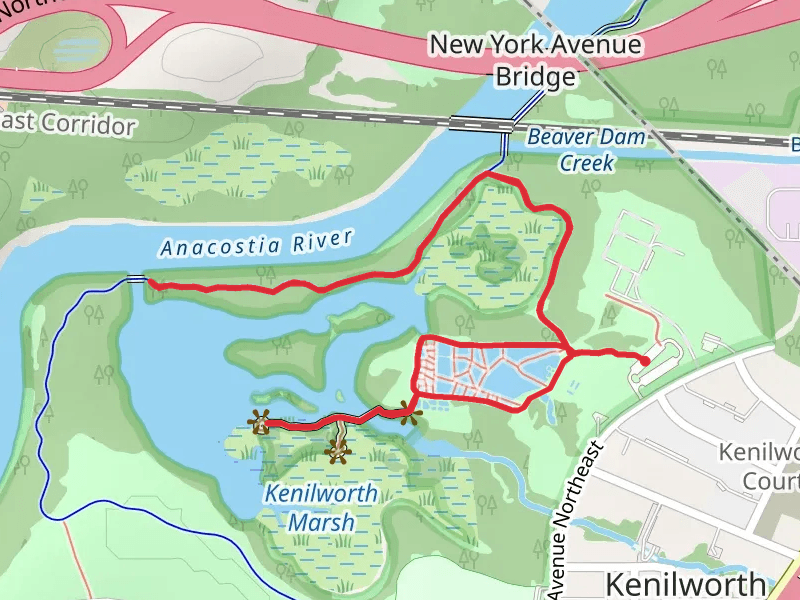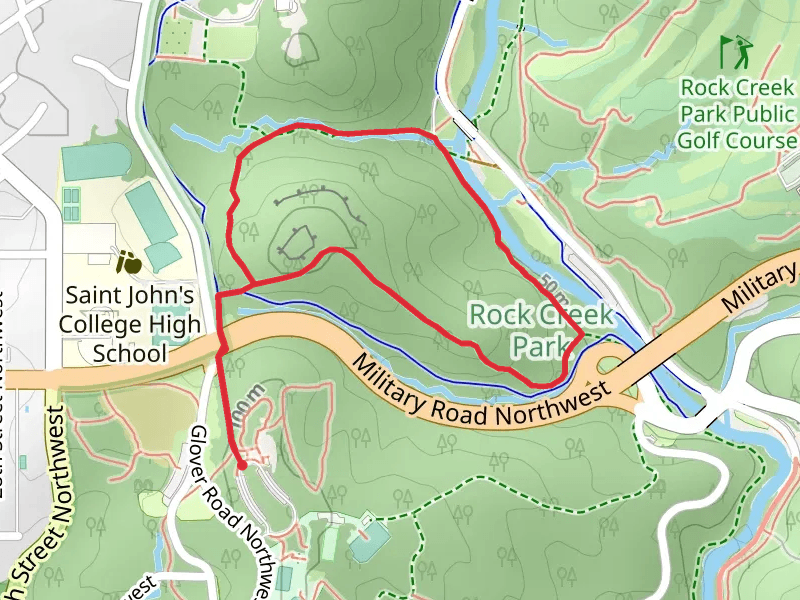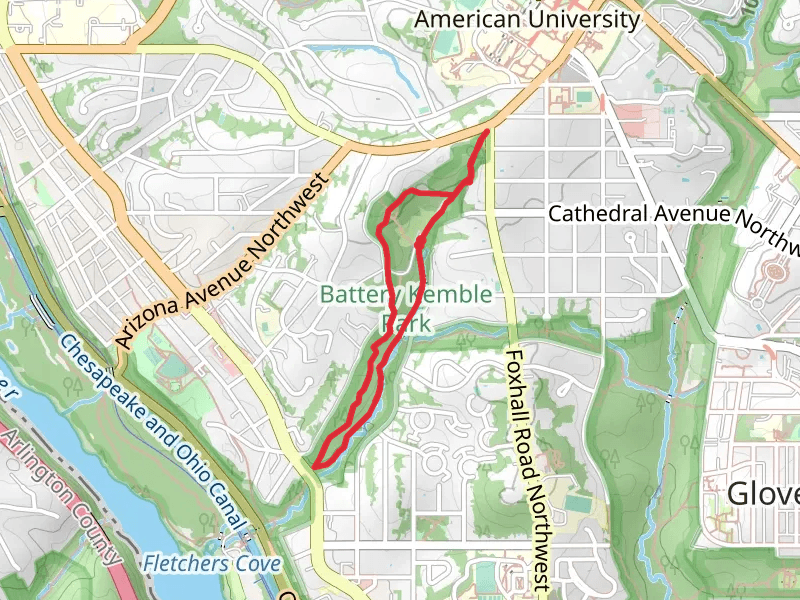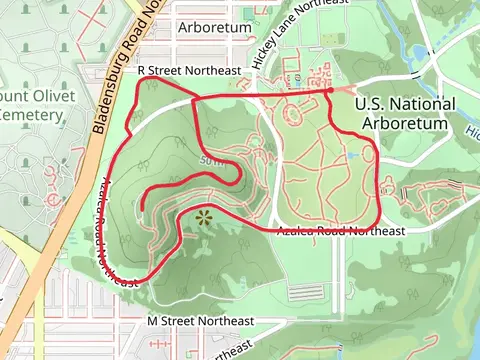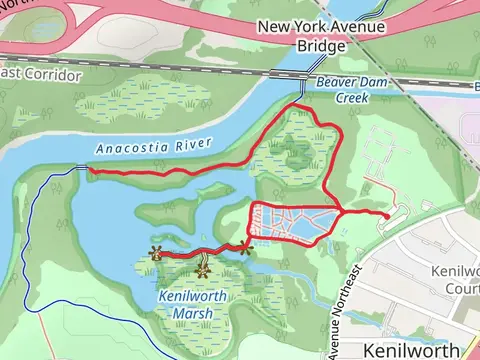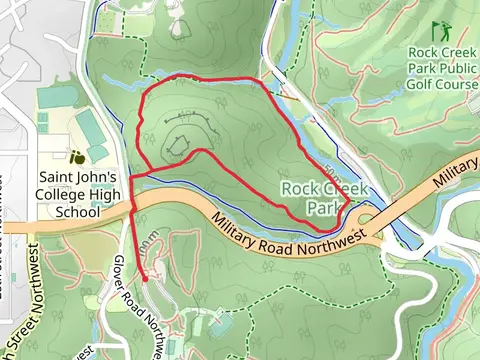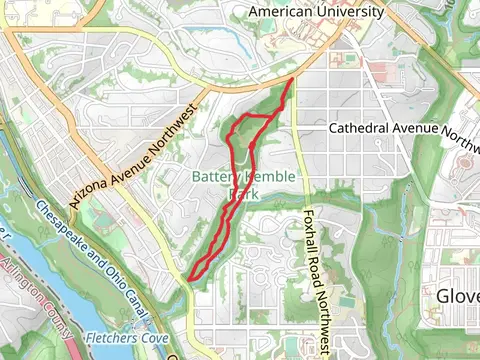The District of Columbia experiences four distinct seasons, each with its own impact on hiking conditions. Spring (March to May) brings mild temperatures and blossoming cherry trees, making it an ideal time for hiking enthusiasts to explore the city's parks and trails. Summer (June to August) can be hot and humid, so hikers should plan their trips early in the morning or later in the evening to avoid the peak heat. Additionally, summer showers are common, so it's wise to carry rain gear.
Autumn (September to November) showcases the city's vibrant fall foliage, creating a picturesque backdrop for hiking adventures. The temperatures are pleasant, ranging from cool to mild, making it an excellent time to hit the trails. Finally, winter (December to February) brings cold temperatures and occasional snowfall, which can create challenging hiking conditions. However, if you're up for the adventure, winter hikes offer a unique perspective of the city's landmarks and parks. Just remember to dress warmly and be cautious of icy patches on the trails.
For more information on hiking trails and weather conditions in the District of Columbia, you can visit the National Park Service website at
https://www.nps.gov/state/dc/index.htm. They provide detailed information about the parks and trails in the area, including any closures or restrictions. Additionally, the DC Trails website at
https://www.dctrails.com/ offers guided hiking tours and other outdoor activities, which can be helpful for those looking to explore the region's natural beauty with a knowledgeable guide.






